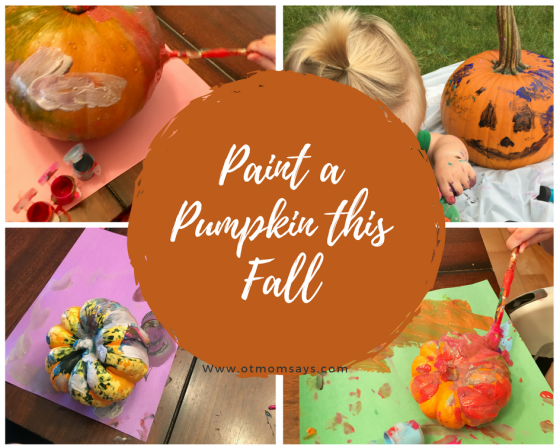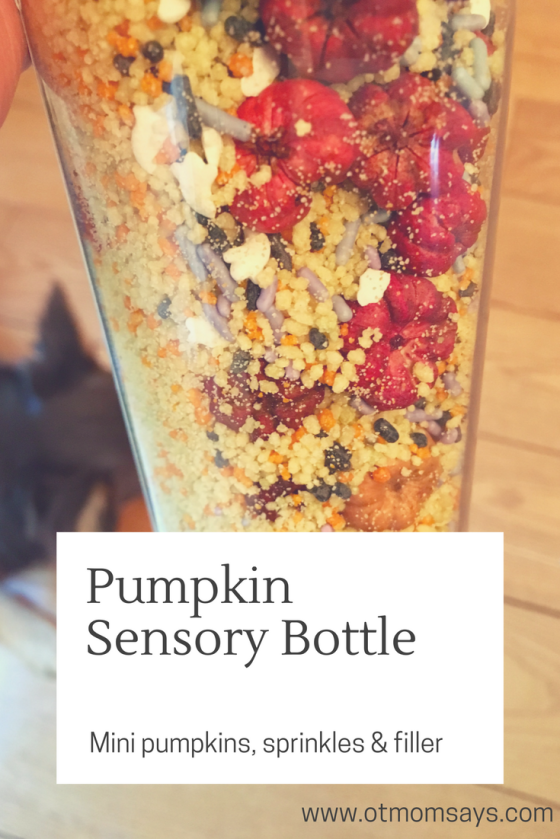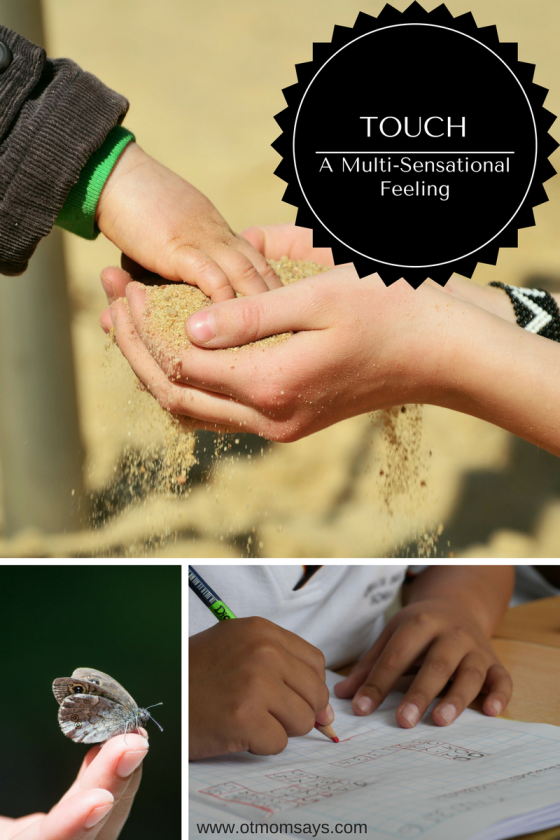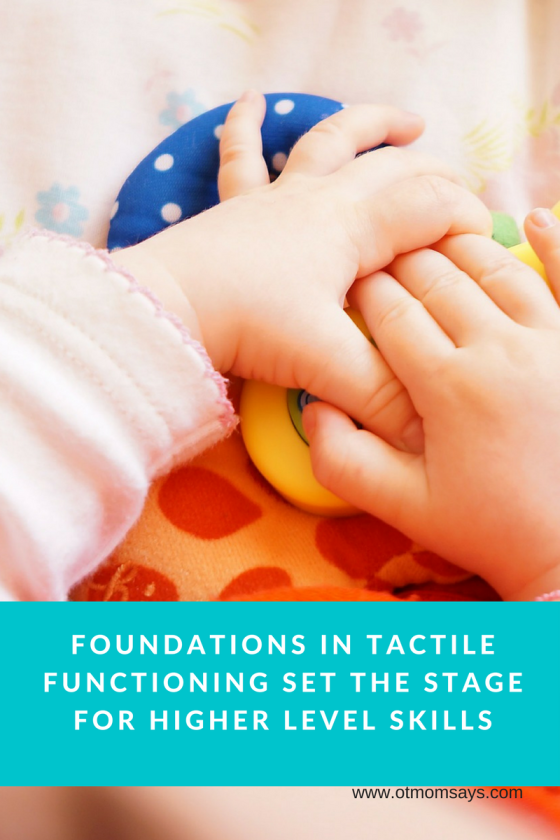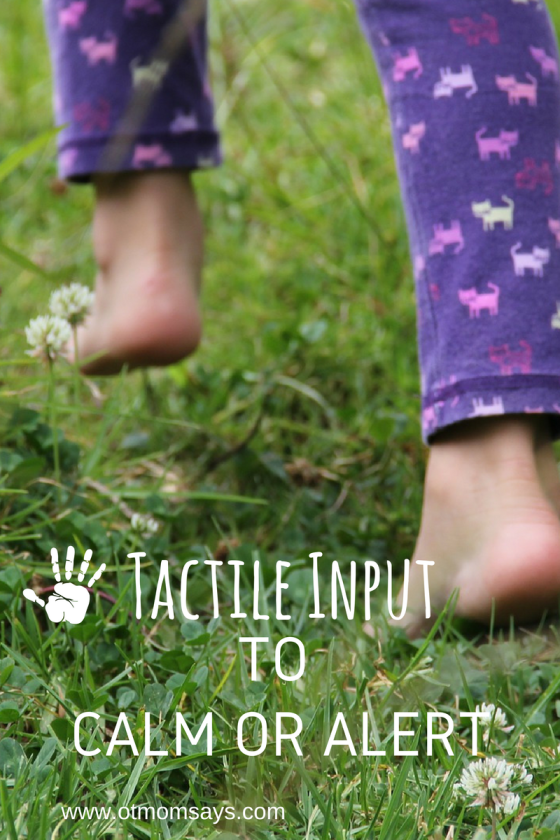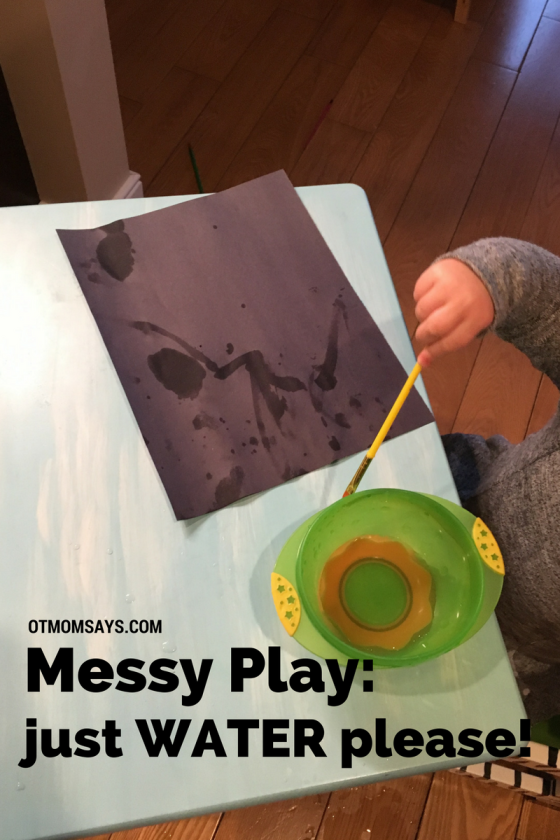Dr. Dad says, “Let’s not go overboard with the Easter candy this year.”
OT Mom says, “Great idea, I have some better alternatives in mind.”
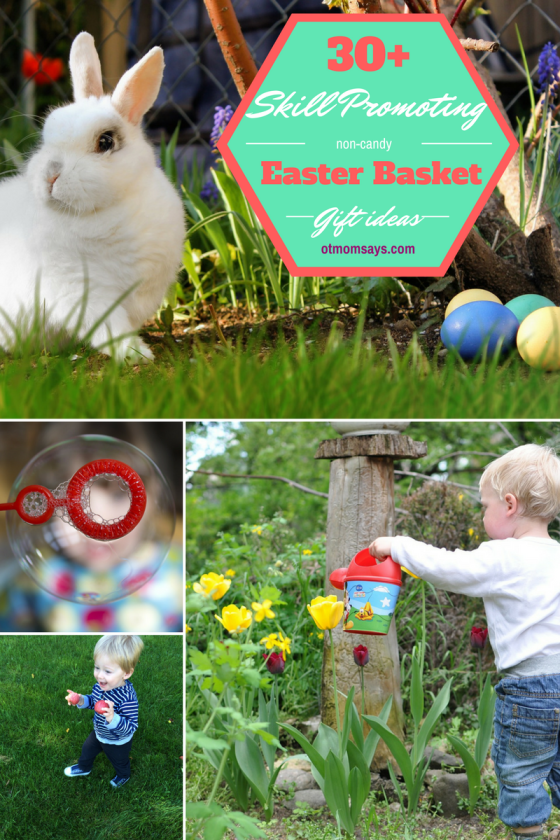
While my husband is not a pediatrician, according to recent research, he’s right on the money when it comes to limiting excess sugar in our kids’ diets. In a recent scientific statement published by the American Heart Association (2016), too much sugar is linked to risk factors for heart disease such as elevated blood pressure and an increased risk of obesity.
They recommend that kids over 2 years old consume no more than six teaspoons (25 grams) of added sugar per day and that children under 2 years avoid it altogether. With so many sugary snacks marketed to kids, these recommendations are surely good to keep in mind this Easter. For more nutritional guidelines for kids, broken down by age group, check out MayoClinic.org Nutrition for Kids Information.
So this Easter, instead of filling those baskets and eggs with sugar, why not go for goodies that promote developmental skills? In addition to the sugar being a nutrition downfall, in our house some of it ends up getting thrown out anyway, so it turns into a waste of money as well.
That being said, here are my favorite alternatives to candy and a little bit about why they can be much more beneficial than sugary snacks:

Art supplies
This list could be almost endless, but engaging in art projects has a ton of benefits for the development of skills such as fine motor, visual motor/hand-eye coordination, bilateral coordination, visual perceptual, and in-hand manipulation skills. The items you could choose from are almost as endless as the benefits. A few ideas to get you started include: child-safe scissors, sidewalk chalk, stickers, markers, paint, crayons, glue and accessories to glue (feathers, noodles, cut out shapes/pictures, pom poms, etc).
There are also a lot of little craft sets available that come with everything you need or you can compile your own. A favorite project of my son’s is painting wooden ornaments with watercolors. Another idea could be a small notepad with a set of stickers and markers.

Bubbles
From traditional bubble wands to the newer whacky, bubble blowers, you can’t go wrong with bubbles. This activity is great for visual tracking skills, oral motor skills, and visual motor skills to name a few.
Self care items
As a child I often got a toothbrush in my stocking from Santa. I think the Easter Bunny could do something similar. Getting something like a toothbrush, comb, or even a special pair of socks may encourage your little one to practice the self care skill related to that item with more motivation.
Books
In my opinion, you can never have too many books. Reading with your children not only promotes literary and language skills, but is a great time to bond with them. Try to pick out books specific to your child’s age.
Play Dough
If we didn’t already have tons of this stuff, it’d be right at the top of my list. Play dough is so much fun and can help with hand strengthening, proprioceptive input for the hands, tactile exploration, bilateral coordination, and more. There are tons of homemade recipes you can find online if you don’t want the store bought stuff.
Blocks and/or Legos
Blocks are great for learning spacial relationships and promoting motor skills. Building with blocks encourages problem solving, creativity, and self esteem. Legos add the need for hand strength and provide some sensory input (proprioception) into the little joints of the hand.
Balls
So many motor skills are at work when throwing, catching, kicking, or bouncing a ball. From small to large and everything in-between, balls are always a great gift.

Fidget/Sensory Toys
Anything with fun textures are especially great for young kids or kids with sensory needs. Restless hands benefit from exploring different textures, so things like rubbery squeeze toys, bumpy balls, crinkly textures, fabrics and the like could work. Sensory items that are geared for the visual sense are great too, such as sensory bottles.
Bug Gathering Equipment
It’s spring, so let’s get the kids outside! I think a butterfly net and an insect viewer are perfect spring time outside toys. This encourages outdoor exploration, problem solving, and motor planning.
Gardening Tools
Not really up for the bugs? How about some gardening instead. Kid sized spades, gardening gloves, and watering cans can make a great spring themed basket.
Seeds
In addition to the gardening tools, what about some seeds? Perhaps the Easter Bunny could leave some carrot seeds for your kids to plant for him!
Sand Toys
If you don’t have sand toys, now’s a good time to get some. Playing in the sand at the beach or in a sandbox is such a fun tactile sensory experience, and adding tools such as shovels, buckets, rollers, and sand molds add motor development into the mix.

Kites
Kites are the best reason to hope for a windy day. They’re fun to watch in the sky, but can take a lot of skill to get into the air and maintain their momentum. Both of my children are very young, so I get the kite started for them then hand it over. Older kids can have the chance to practice to do it with minimal or no help.
Finger Puppets
Not only are finger puppets fun, they promote finger isolation, bilateral coordination, body awareness, tactile (touch) discrimination, and imaginative play.
Musical Instruments
From motor skills, to language development, and an overall fun sensory experience, musical instruments are wonderful. Take your choice from maracas, drums, recorders or kazoos (for an oral motor bonus), bells, xylophones, etc. Jam on, little people!
Flashlights
Not only do kids love flashlights, they can be used in a way that promote visual tracking, visual memory, and visual motor skills. Try using flashlights for games such as watching you make a pattern on the wall with the light and then having them copy it with their own flashlight.
Tweezers and Tongs
Using tweezers can help with hand muscle strengthening, coordination, development of the arches of your hand, and allows kids to learn to use effective grasp patterns that promote differentiating the two sides of their hand (an important skill for fine motor development).

Yoga/movement cards
Activities such as yoga provide some powerful prorioceptive input that do amazing things for our kids, you can read more about proprioception here.
Card games
Games are great for teaching turn taking, problem solving, and attention skills.
Squirt toys
Water play is an easy, but not terribly messy activity that gets kids up, moving, and using their hands. Squeezing the variety of squirt toys available these days can strengthen little hands, while engaging in the sensory experience of it.
Pretend Play Toys
This is a broad category, but pretend play is an important skill that helps children in multiple areas of develop. Pretend play promotes thinking skills, creativity, social-emotional development, and cognitive flexibility. Toys such as cooking sets, cleaning sets, doll houses, etc. are all good choices.

Healthy Treats
Instead of jelly beans in ALL the easter eggs, I think we’re going to have raisins in some. Or you could try fresh fruit instead of fruit flavored candy. Perhaps the Easter Bunny will leave a few of his carrots behind as well. Toddlers are notoriously picky eaters, but maybe if there’s a special healthy treat left by the Bunny, himself, the kids might try it! It’s worth a shot. I’m hoping my son will regain his appreciation of carrots.
Now the hard part is deciding which ones to go for! I think I might need a couple bigger baskets. Do you have some more ideas? I’d love to hear them 🙂
References:
Vos, M. B., Kaar, J. L., Welsh, J. A., Van Horn, L.,V., Feig, D. I., Anderson, C. A. M., . . . and Council, o. H. (2016). Added sugars and cardiovascular disease risk in children: A scientific statement from the american heart association. Circulation, Retrieved from https://search.proquest.com/docview/1859733288?accountid=143111
*Disclaimer: The information presented in the blog is intended for information purposes only. Please consult your physician with any medical concerns and/or for medical advice. The information presented is not intended to be used in place of individualized therapy services, please contact your health care team for skilled therapy if you think it is necessary. Please supervise your children (or friends, spouses, etc) if you decide to try any of the activities or ideas presented as the author or this blog does not claim liability for possible injury or negative consequences related to the activities and ideas presented here.
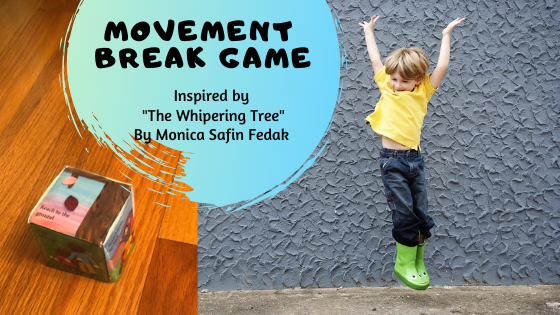
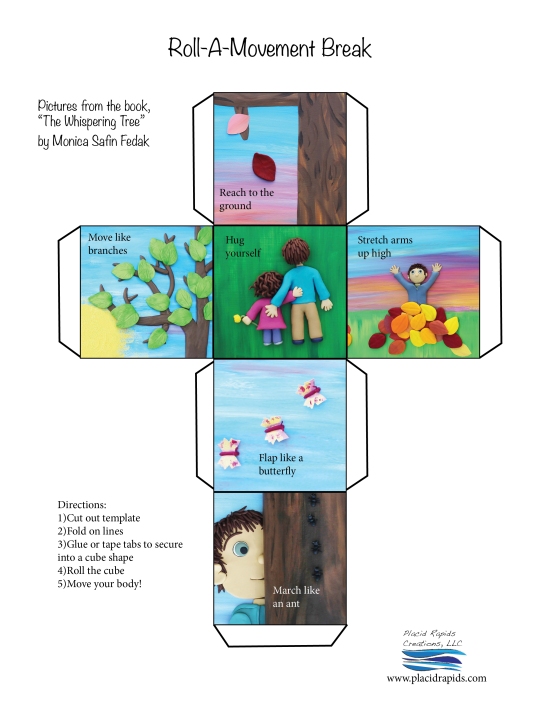

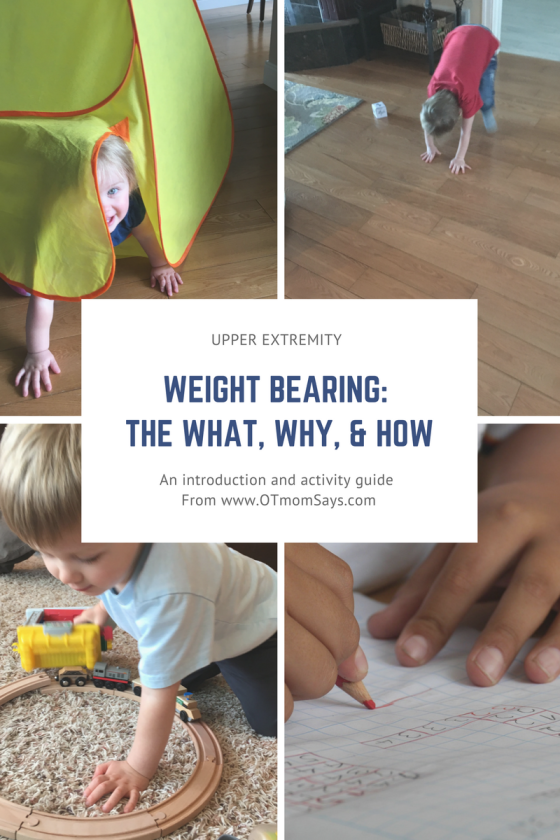
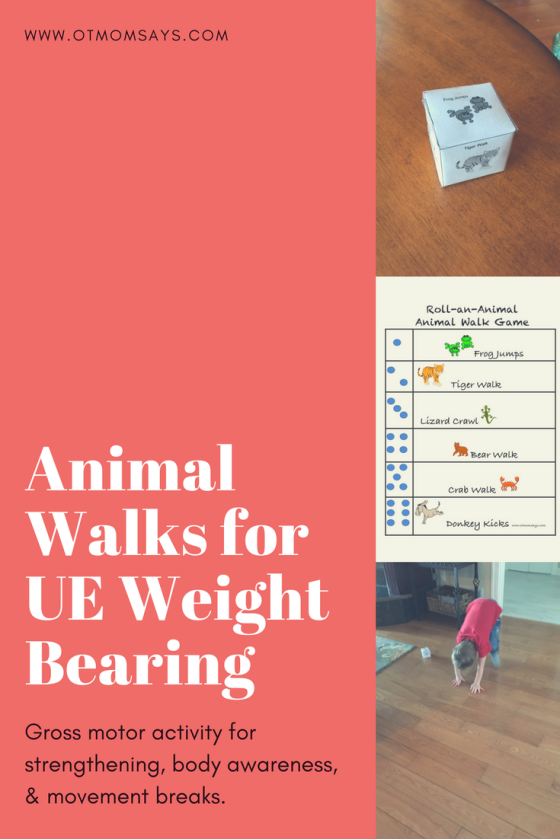
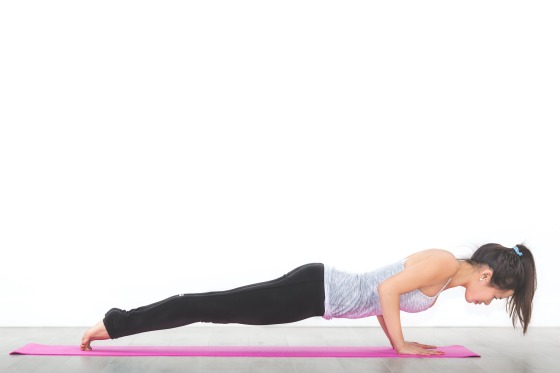
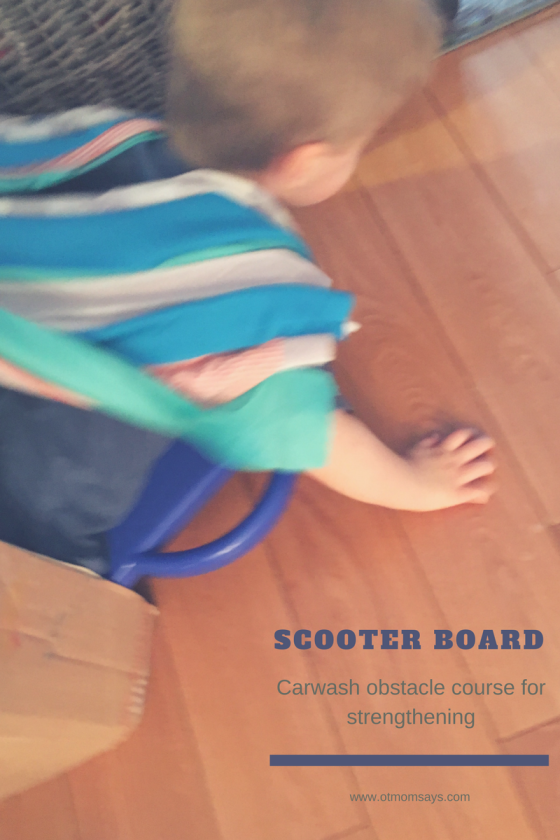

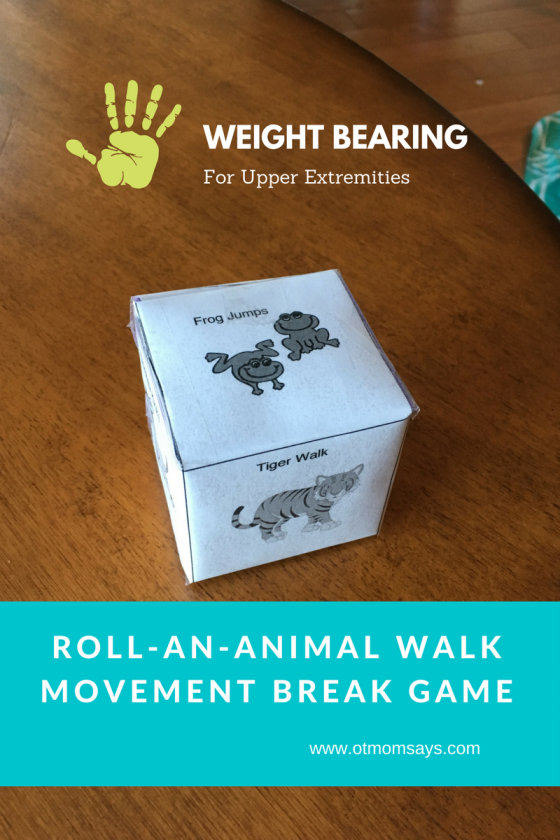
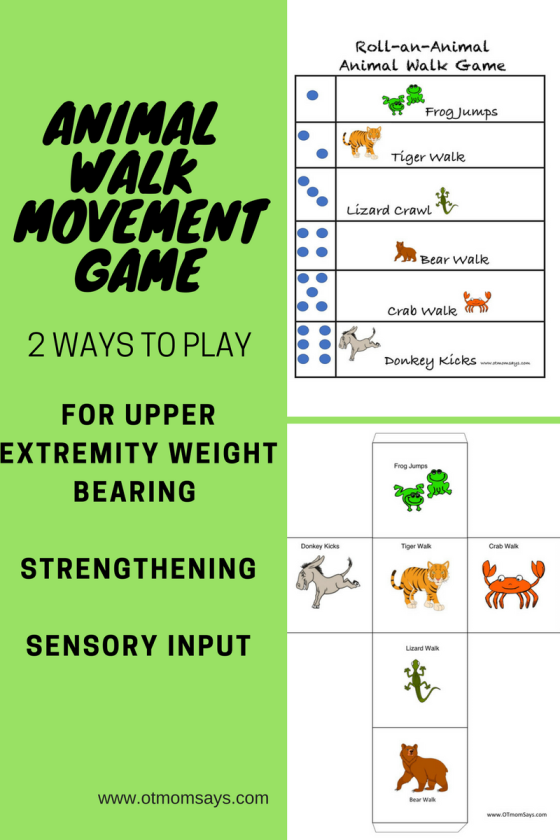
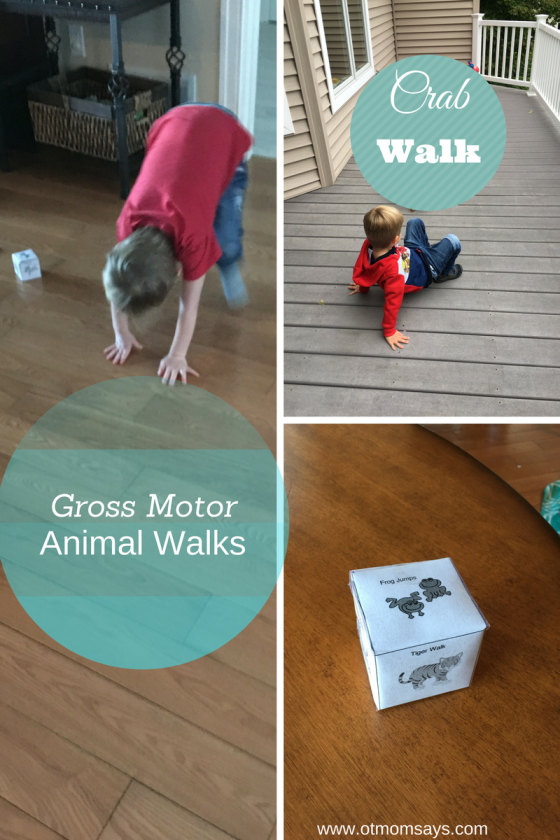
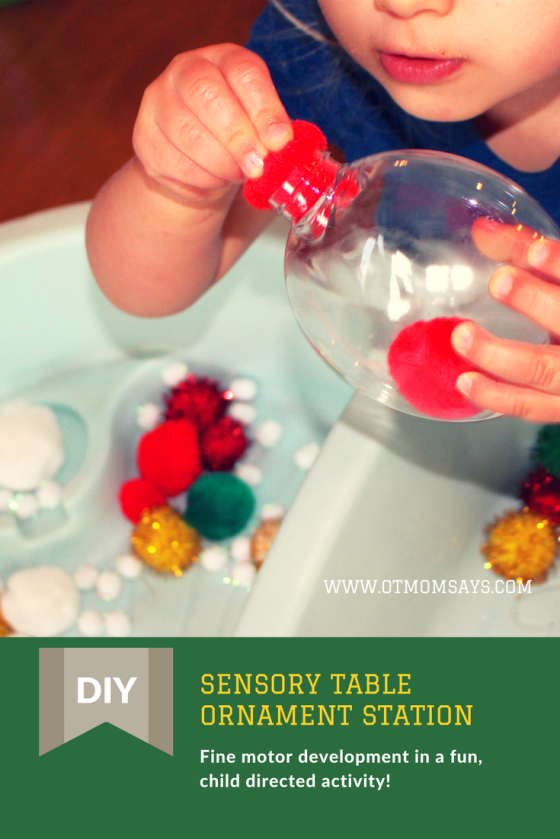
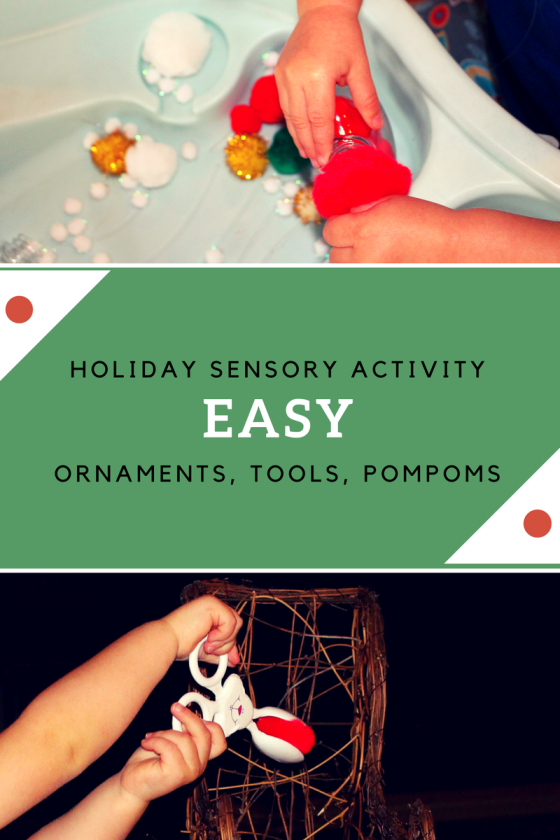
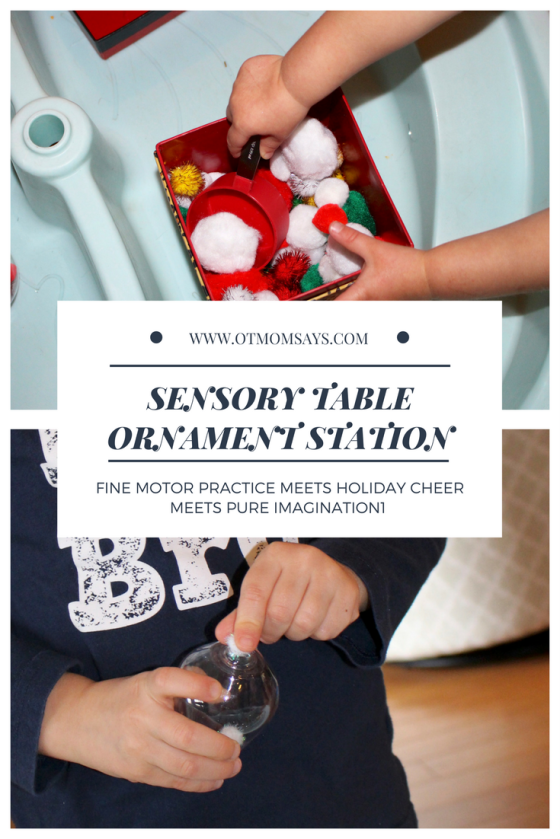
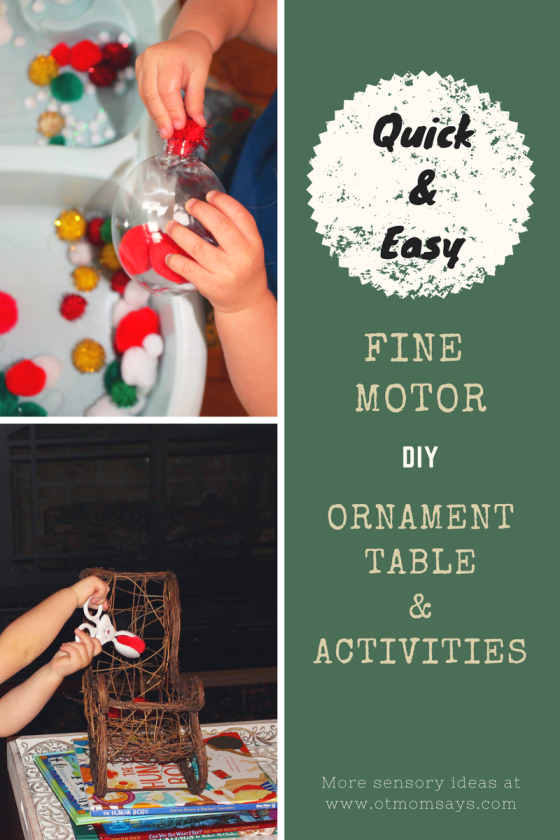
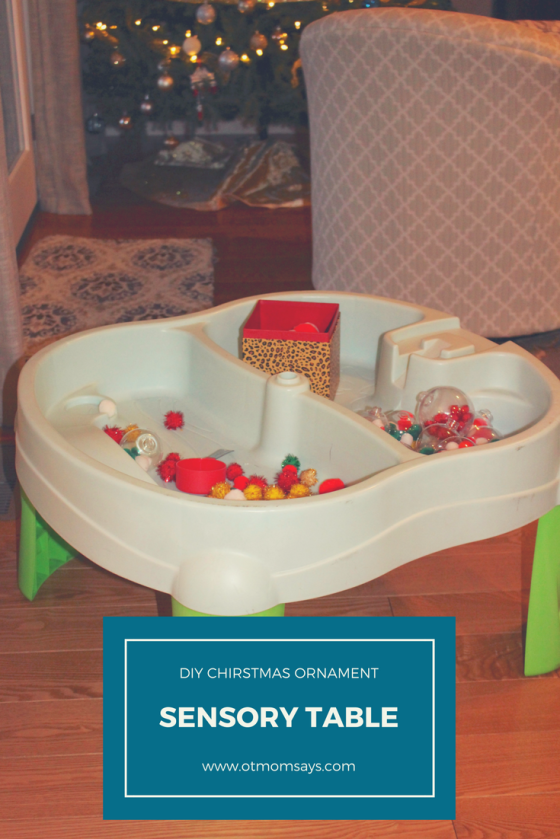

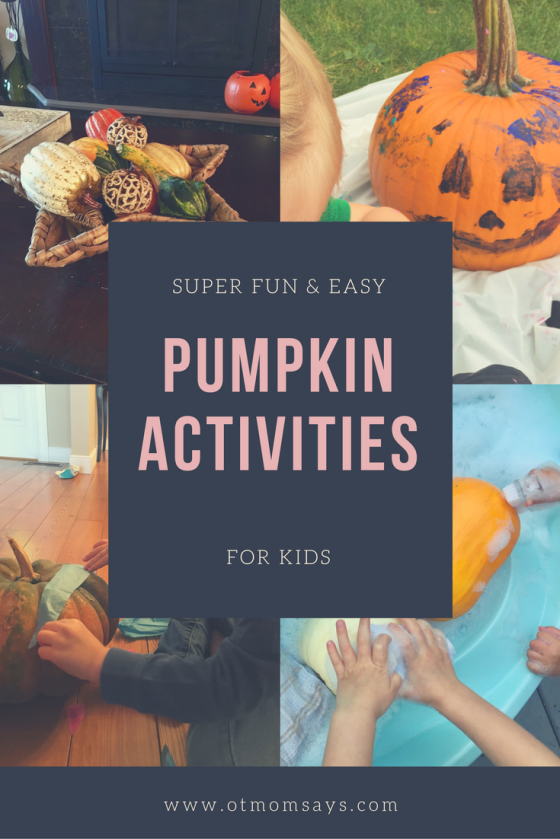
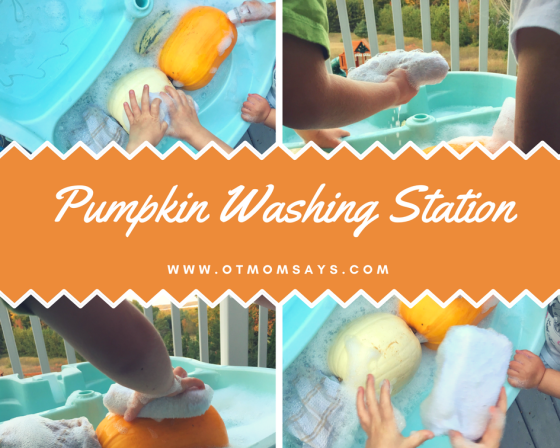
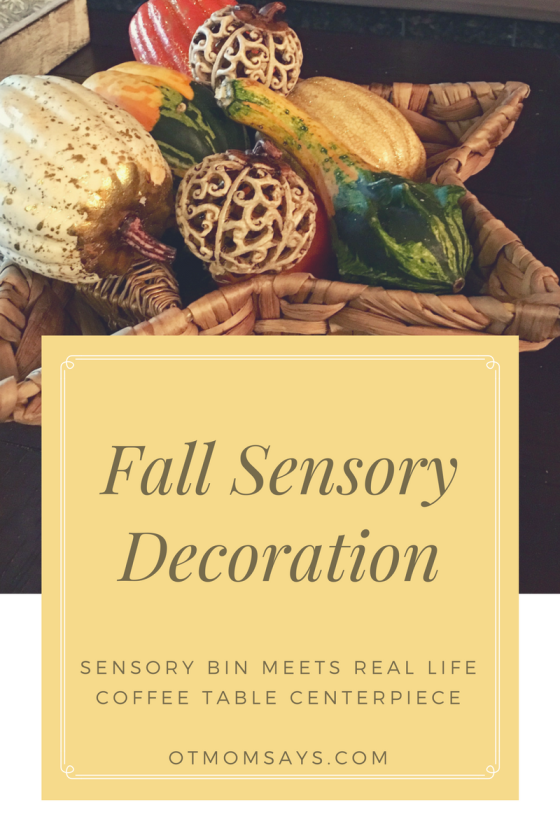 Pumpkin “Sensory Bin” Center Piece
Pumpkin “Sensory Bin” Center Piece